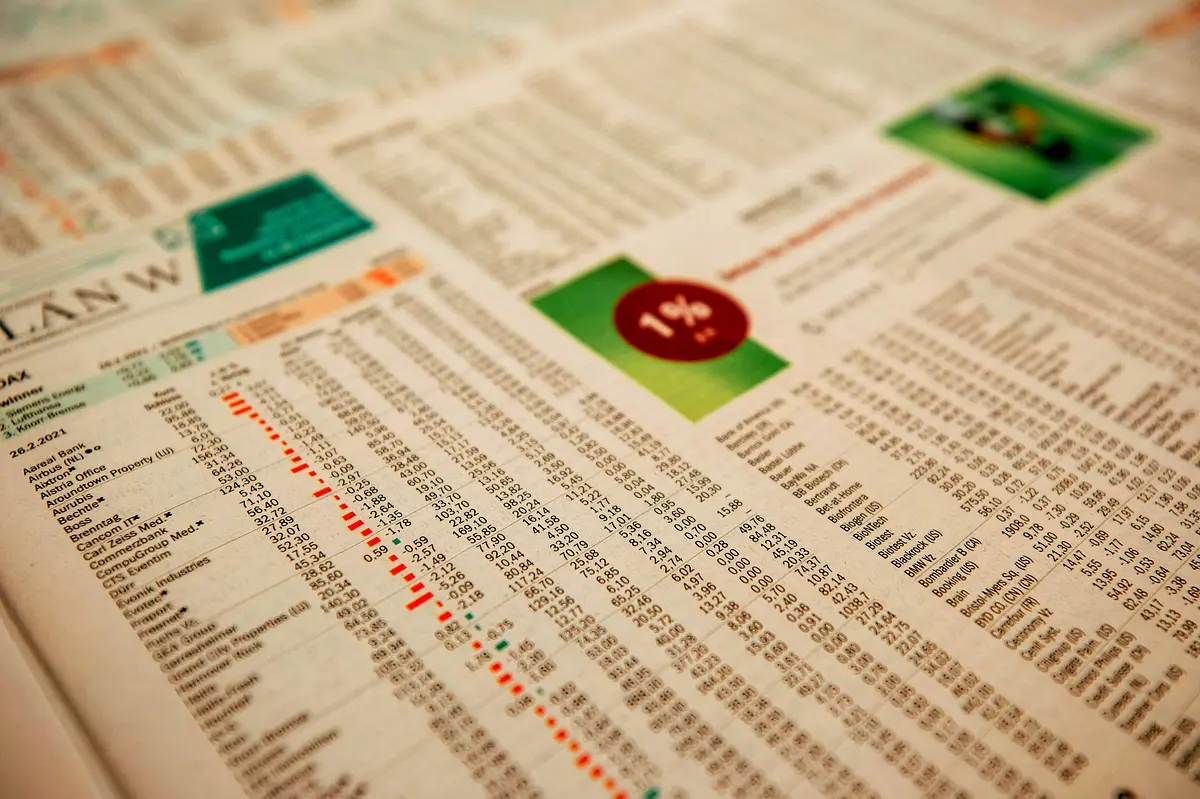What are the microfinance policy implications of using the Balanced Scorecard framework? This research uncovers surprising insights into the performance of microfinance institutions in Gulu District, revealing critical weaknesses in innovation and growth that could reshape service delivery and impact.
2.10 – Evaluation of Performance of MFIs
There are different arguments concerning how to evaluate the performance of microfinance institutions. Meyer (2002), citing from Zeller and Mayer (2002), indicated that there is what is called « Critical Micro-finance Triangle » that we need to look at to evaluate Micro-finance institutions based on their objective, shown in Figure 4 (Befekadu B.
Kereta, 2007). The corners of the triangle represent outreach to the poor, financial sustainability and welfare impact. Performance criteria are required for each objective and all three must be measured thoroughly to evaluate micro-finance performance.
The inner circle in the figure represents MFI innovations in technology, policies, organization, and management that affect how well each objective is met.
The outer circle represents the environment within which micro finance operates that also affects performance. The environment broadly includes the human and social capital possessed by the poor, the economic policies of the country, and the quality of the financial infrastructure that supports financial transactions.
Improvements in the environment make it easier for MFIs to reach the three objectives (Meyer, 2002).
Figure 4 – Critical Micro-finance Triangle

Institutional
Innovations
Outreach to the poor
Welfare Impact
Financial Sustainability
External Environment
Source: Befekadu B.K (2007) Outreach & financial performance analysis of microfinance institutions.
Outreach at a glance means the number of clients served. However, Meyer (2002) noted that outreach is a multidimensional concept, and in order to measure outreach we need to look in to different dimensions.
The first is the number of poor persons served, who cannot provide the collateral required for accessing formal loans, since they are perceived as being too risky to serve, and impose high transaction costs on financial institutions because of the small size of their financial activities and transactions.
Secondly, women often face greater problems in accessing financial services than men, so the number of women served is often measured as another criterion. Thirdly, depth of poverty is a concern because the poorest of the poor face the greatest access problem.
Some measure of depth of outreach is needed to evaluate how well MFIs reach the very poor.
Finally, the variety of financial services provided is the criterion because it has been shown that the demand of the poor and their welfare will be improved if efficient and secure savings, insurance, remittance transfer, and other services are provided in addition to the loans that are the predominant concern of policy makers.
Financial sustainability is another indicator of performance of a MFI. Different literatures noted that financial sustainability is one of the areas that we need to look at to assess the performance of MFIs.
Meyer (2002) noted that the poor needed to have access to financial service on long-term basis rather than just a one time financial support.
Short-term loan would worsen the welfare of the poor (Navajas et al., 2000). Meyer (2002) also stated that the financial un-sustainability in the MFI arises due to low repayment rate or un-materialization of funds promised by donors or governments.
According to Meyer (2002), there are two kinds of sustainability to consider, when assessing MFIs performance: Operational and financial self-sustainability.
Operational self-sustainability is a case when the operating income is sufficient to cover operational costs like salaries, supplies, loan losses, and other administrative costs.
Whereas, financial self-sustainability is when MFIs can also cover the costs of funds and other forms of subsidies received when they are valued at market prices.
Meyer (2002) indicated, « Measuring financial sustainability requires that MFIs maintain good financial accounts and follow recognized accounting practices that provide full transparency for income, expenses, loan recovery, and potential losses ».
There are also some disputes on the link between financial sustainability and outreach to the poor. Outreach and financial sustainability are complimentary, because as the number of clients increase, MFIs enjoys economies of scale and hence reduce costs, which help them to financial sustainability (Christen et al. 1995; Otero and Rhyne 1994, Meyer, 2002).
Also, Khandker et al. (1995) pointed out that loan repayment (measured by default rate) could be another indicator for financial sustainability of MFIs: because, low default rate would help to realize future lending.
Welfare impacts of the services of MFIs are also argued to be another indicator to evaluate the performance of the institutions. Since the main objective of establishing MFIs is to reduce poverty, it is necessary to assess the impact of the microfinance programs on reducing poverty as a way of evaluating their performance.
As defined in World Bank (2000/01) report, poverty is viewed as lack of money, lack of adequate food, shelter, education and health and the poor are vulnerable to ill health, economic dislocation, and natural disaster.
According to Meyer (2002) this perspectives of poverty can be used to assess the impact of the MFIs on those who receive the services.
Frequently Asked Questions
What are the key performance indicators for microfinance institutions?
Performance criteria for microfinance institutions include outreach to the poor, financial sustainability, and welfare impact, which must be measured thoroughly.
How does financial sustainability affect microfinance institutions?
Financial sustainability is crucial as it ensures that the poor have access to financial services on a long-term basis rather than just one-time support.
What challenges do women face in accessing microfinance services?
Women often face greater problems in accessing financial services than men, which is why the number of women served is measured as a criterion for outreach.